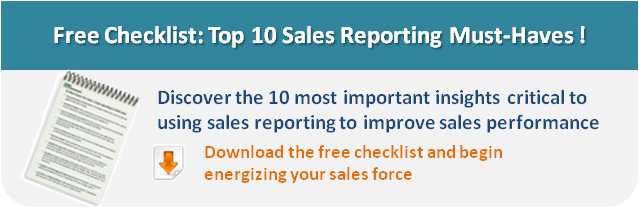Sales Incentive Compensation plans (does not include pure commission plans) by definition require the business to specify to the sales professionals the time period over which performance will be measured. In general, longer sales cycles typically result in longer Performance Periods; shorter sales cycles typically drive shorter Performance Periods. We came across some interesting observations and key drivers of typical SaaS Sales Cycles from an industry discussion group that we thought were worthy of passing along, especially for those involved in the design and administration of SaaS Sales Compensation Plans.
Key Influencers on sales cycle
- Company size: selling to bigger companies drive longer sales cycle
- Solution scope: broader product (not a point solution) drive longer sales cycle
- Market Maturity: Embryonic markets as opposed to established markets will drive longer sales cycle
- Price point: higher prices typically drive longer sales cycle
- Contract Terms: longer payment terms typically drive longer sales cycle
- Risk Profile: Automation of Mission-critical business processes typically drive longer sales cycle. Solutions to non-critical activities may result in shorter sales cycles.
- Company Size: Selling to smaller companies will typically result in shorter sales cycle.
- Sales Price: More expensive products and solutions will drive longer sales cycle.
More detail on survey data on Price point;
One vendor thought that for prospects that are classified as High Probability Opportunities (buyer has pain, needs to address the issue and has budget) the following data is what they observed.,
$1,000 to $5,000 = 1.1 month
$5,000 to $10,000 = 2.2 months
$10,000 to $30,000 = 3.1 months
$30,000 to $50,000 = 4.3 months
$50,000 to $100,000 = 4.3 months
$100,000 or more = 7.6 months
Another vendor found the following to be true as long as the business user drove the selection and decision process (Note: All bets were off if IT was involved).
Deals < $2,000 in ACV (Annual Contract Value) should close on average within 14 days.
Deals < $5,000 in ACV should close on average within 30 days.
Deals < $25,000 in ACV should close on average within 90 days.
Deals < $100,000 in ACV should close on average within 90-180 days depending on # of stakeholders and gates.
Deals > $100,000 in ACV will take on average 3-6 months to close.
We found it interesting that sales prices was such an identifiable factor for the vendors, perhaps this was driven by the availability of data as much as its importance when ranked against all the key influencers in the sales cycle. This is great data from a plan design perspective as it provides back-up for decisions related to the selection of Performance Periods during your plan evaluation and design process.
Some other SaaS Blog articals that may be of interest;
Ten insights gleaned from recent survey on SaaS Sales Compensation
SaaS Sales KPI’s & Compensation Plan Overview: LogMeIn.com
Why SaaS Sales Compensation Plans are simple, but damn hard to do well






